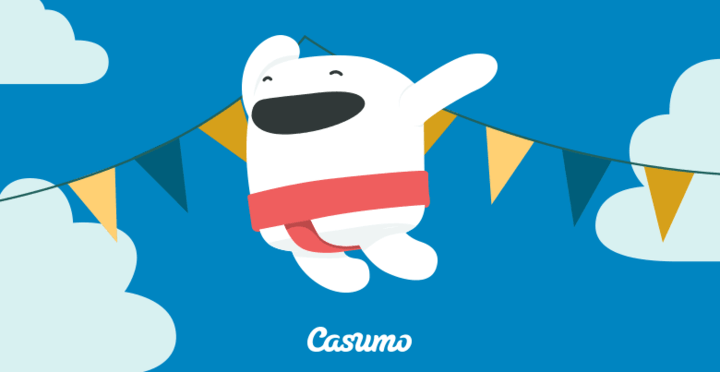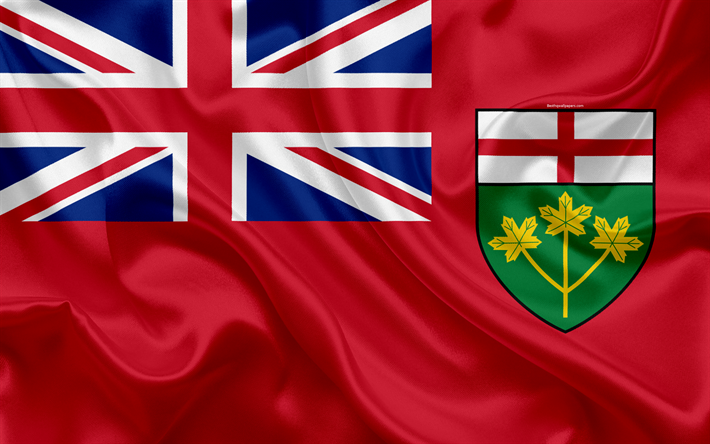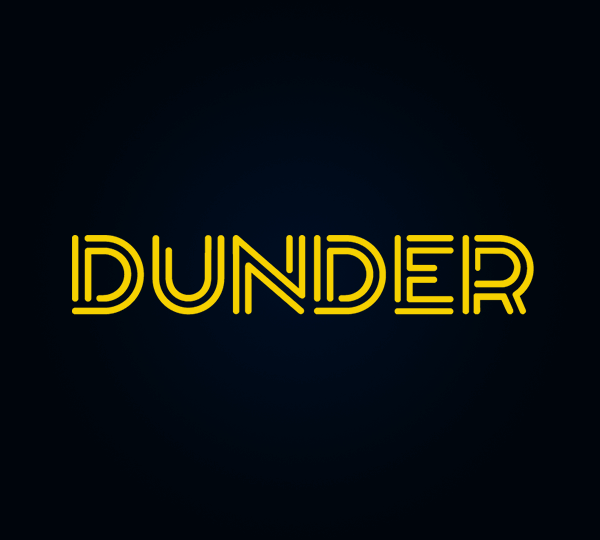
Internship is a rough passage where hopefuls sweat and bleed their talent for a chance to make it in their industry. These unpaid and unheard heroes finally have a media of their own: Manchester’s Intern, a bi-annual magazine about the interns’ life, hopes, struggles, cultural and business contributions. Interview with editor Alec Dudson.
Baron: Why Intern Magazine?
Alec Dudson: The journey that resulted in Intern Magazine started in February 2012. Having worked a full-time bar job since graduating with a Masters in Sociology, I had been running a website with a few friends for a while. I had initially joined so that I had a place to publish my photographs online, but as time had passed, I had assumed editorial control.
One of the guys I started the site with had left Manchester to work internships with Dazed and Confused (London) and BOMB (NYC). Hearing his tales and watching him try and force his way into the magazine industry inspired me. I began to apply for intern positions with a variety of publications and by March, I was moving to Milan to spend two months working with Domus. That position was paid and offered a great first insight into the realities of the magazine industry, but my real interest was in independent magazines. When I returned from Italy, I immediately moved to London in order to step up my search for that sort of position.
I was taken on by Davey and Erin Spens at Boat Magazine, a publication that I strongly admired and was just the sort of small-scale (in terms of team) operation that I wanted to get really stuck into.
While unpaid, I loved every day at Boat. The day-to-day operations were more concerned with the creative studio; the magazine was only usually worked on 2-3 days a week. This was great for me though, as designers extensively populate the industry, so it was the perfect setting to get used to that world as well. I picked up 30hrs a week at a pub in Angel and worked 40hrs a week unpaid at Boat for seven months. During that time, I slept on various friends’ couches, generally moving house via bicycle every week. It wasn’t easy, but I felt like I was learning so much just being around everyone at Boat that it was an opportunity that I simply had to facilitate.
When my time there drew to a close, I had to start working out what my next move was. I had known all along that there wouldn’t be a job at the end of the internship, but still, it was difficult leaving as I’d grown close to everyone there. As a paid job with a magazine didn’t really seem any more attainable despite my time interning, I began to entertain the prospect of starting a project of my own. The more I toyed with different concepts, the more I kept returning to this one based around the situation I found myself in, this never-ending cycle of internships.
It struck me that despite being a vital cog in so many of the magazines that I loved, interns were really under-represented in the industry and their talent was overlooked. I also felt that there wasn’t any sort of overt dialogue or discussion about internships in the creative industries, which seemed baffling considering how widespread they were. By putting together a publication predominantly contributed to by interns that could hold its own then I figured that would be a start. For it to really work though, the magazine would also need to host a sustained debate about internships so that it had real value as a resource.

B.: How does that translate to an editorial policy?
A. D.: Editorially speaking, I knew from the very start that the tone of the magazine was going to be key. It would be very easy, yet not remotely constructive to just have tale after tale of internship gone wrong. It may well be my background in Sociology that made me adopt a more neutral and open approach though. It is the hope that a read through Intern offers a variety of perspectives.
In a debate as nuanced as this one, perspective is one of the most powerful things that you can present to people. That range of perspective is understandably limited as there is only so much space in each issue, but I always strive to ensure there is a good balance of arguments from all directions.
As our focus is the creative industries, the creative approaches to internships or bridging the gap between graduating and becoming a professional are often of interest to our readers.
I like to have a mix of fresh insight and opinion from established industry figures. Again, perspective is king. My mission, I suppose, is to draw more people into the discussion. To do that, I think you need to engage people on a number of different levels – that’s where magazines have such great power. Independent magazine readers are often quite visually led, I know I am, so the showcase element of Intern is very much a nod to that.
If you can draw people in with the design, photography and illustration, then they can engage with the discussion at their own pace. That softer approach is what surprises some people, they expect a magazine about internships to be quite dry and uninteresting, but as soon as they see a copy of “Issue One” in the flesh and feel the texture of the paper, it becomes tough to dismiss.
B.: Why choose print? What kind of paper do you use and why?
A. D.: Print, for me, has a power and substance to it that digital simply can’t match. I see great value in the tactile nature of a print magazine, its physicality and nature as an artifact. For me, it was a huge step when I was at Boat to be printed in a magazine. It was an affirmation of my work’s worth that was heightened from the online exposure I had at the time. Print publishing is an expensive business and as such, for Intern, it displays the confidence and faith we have in our contributors.
I always enjoy photography in a physical setting rather than a virtual, a printed image you can really explore and get lost in. We spend a long time deciding on paper stocks, in “Issue One” we have a number of transitions between coated and uncoated papers, while our cover stock is elegantly textured and finished with a copper foiling. Attention to detail is of paramount importance to independent magazine fans; it’s one of the things that separate those publications from commercial titles. People connect to indie magazine as they are often labors of love, the more care you put into each facet of a publication, the more people can connect with it.
Our designers She Was Only, created a new sans serif typeface called Métier for “Issue One” and that really helped to give it character (no pun intended). Aside from that, the Baskerville type family made for elegant, legible body copy that works beautifully both in print and online.

B.: What has been the readers’ response?
A. D.: From as far back as our Kickstarter campaign, the public and press reaction to the magazine has been really overwhelming. The likes of It’s Nice That, Vice, Mashable, Fast Company, psfk, Dezeen, Core 77, The Independent, S-MODA, Design Taxi and Creative Review all got behind the crowd funding campaign. Since launching, It’s Nice That, Magculture, STACK, The Guardian, The Boston Globe and The New York Times are amongst those who have taken a further shine to us. We were recently named amongst It’s Nice That’s “Publications of 2013” and made the short-list for Best New Magazine on Magpile. Like it or not, press is a vital means of making more people aware of the magazine and encouraging them to find out more about it. The reactions that really drive me though are the ones from readers whom the publication really strikes a chord with.
I get emails now and then from people who really enjoyed “Issue One” and who tell me how important it is. It’s really nice to think that something you have put together has had the desired, positive effect on someone. If nothing else were to come from this, I would at least be able to say that the mag helped a few people work out what they wanted from their internships and made them a little more aware of the lie of the land. I suppose that is the big bonus (on a personal level) in creating a publication that is intended to help people, rather than just being something cool to flick through.

B.: Good print mags get a lot of love, but this isn’t always reflected in sales or advertising. How are your sales? What is your advertising philosophy?
A. D.: Business-wise this is all a very steep learning curve. In terms of sales, our second issue’s production is covered and that, for now, is the most important thing. I decided to self-distribute “Issue One” and while I’ve amassed a group of stocklists around the world that I’m very proud of, shipping costs have stood in-between sales to stores in the likes of Canada, Australia, Japan and the US. As I said, though, it’s all a learning curve and I will be shuffling my deck a little for the next issue.
I have distributors lined up for UK and Europe and most importantly, I’m looking at options further afield so that the magazine’s audience is as cosmopolitan as its contributors.
In terms of advertising, we take a slightly different approach in that we have sponsors, not advertisers. It is a model perfected by Kai Brach of Offscreen who is a great source of inspiration and advice. Essentially, there are eight sponsors per issue and these take up the first and last four pages of the magazine. The design of these pages is taken care of in-house so it allows us to keep a tighter control on the magazine’s aesthetic. We firmly believe that our discerning readership responds far better to this sort of approach than regular advertising. A lot of independent magazines want to be advert-free. For Intern, at the size we are right now, with our priority of paying our contributors, revenue from sponsors is a necessity.




